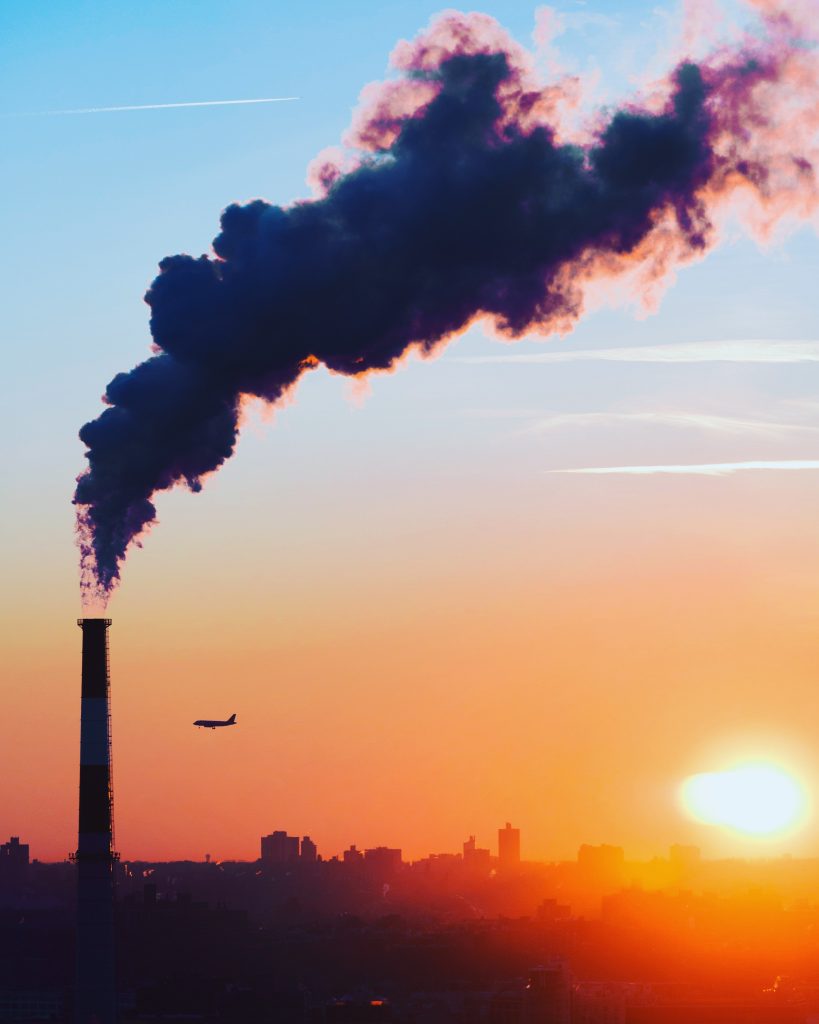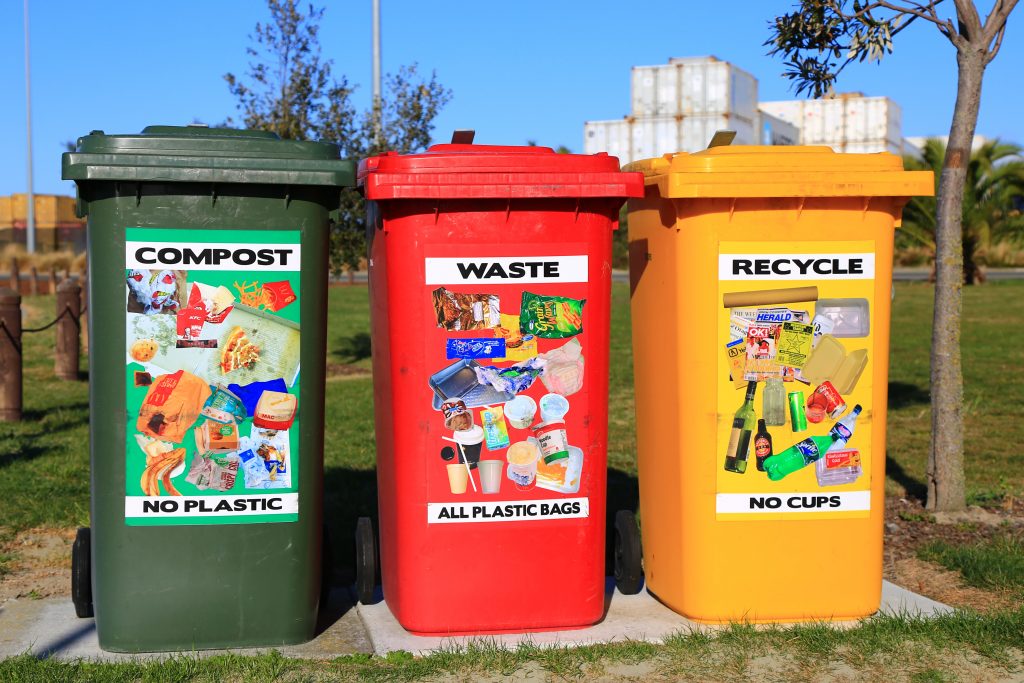What is waste burning? Waste burning is the process of burning waste like paper, plastic, metals, cardboard, and food waste.1 Waste burning is categorized as two types: open waste burning and waste incineration.
The Government of Canada refers to open waste burning as “burning garbage in barrels, open pits, outdoor furnaces, woodstoves, or fireplaces.”2 According to the Conservation Law Foundation, waste incineration is a technological waste treatment that “involves burning commercial, residential, and hazardous waste, also known as municipal solid waste.”1 Waste incineration is done within a waste incineration plant that converts the municipal waste into energy.3 An individual may engage in open burning. Waste incineration facilities are designed for burning waste on a large scale to treat waste and reduce landfill.

Thijs Stoop- Unsplash
False advertising
Waste burning is advertised as something positive. It is said to reduce the amount of waste in landfills. It is even called a “renewable” source of energy. However, these advertisements ignore that waste burning is harmful to the environment and to your health.
The problem with burning waste
Waste incineration and open waste combustion convert common waste items and hazardous waste into “bottom ash (the heavier ash residue), fly ash (the lighter, more toxic ash, that is more likely to escape the incinerator’s stack), combustion gases, air pollutants, wastewater, wastewater treatment sludge, and heat.”1 While waste incineration is advertised as a landfill alternative, “25 percent of the weight of incoming trash remains as residual ash that still requires landfilling or disposal.”1 In the end, most of this remaining ash is placed in landfills where the toxins seep into the ground. Further damaging, open burning and waste incineration release chemicals that create air and ground pollution.
Burning waste makes our air unbreathable
When waste combustion occurs, heat and chemicals are released into the air and earth. The most common toxicities released from waste burning are as follows: dioxins and furans, arsenic, lead, particulate matter, nitrogen dioxide4, carbon monoxide, and hydrochloric acid.2 Due to the lack of filtration, open burning releases the full extent of these chemicals into the air. According to the Canadian government, “the open burning of garbage produces more dioxins and furans than all industrial activities combined.”2
Prevention in the first place is key
Modern facilities have created filters to capture and concentrate the mass excrement of air pollutants.4 Despite these filters, the toxic chemicals are not eliminated and are still released into the Earth. While new waste incineration plants are under regulation and are allowed to only emit what has been deemed a “safe” level of these chemicals, there are plenty of older ones that are not regulated and are still in use.4 Both old and new incinerators “release more toxic pollution than coal-fired power plants per unit of energy.”1 Although waste incineration is marketed as safe and effective waste management, it is not.
Waste burning puts your health at risk
The chemicals released from waste burning are toxic to your health. Even if waste incineration plants are regulated to release a “safe amount,” the National Research Council (US) Committee “has a substantial degree of concern” for public health effects due to exposure to these chemicals.4
Exposure to dioxins and furans, arsenic, lead, nitrogen dioxide, carbon monoxide, and hydrochloric acid are all associated with liver disease, increased risk to cancer, lung problems, and can even be fatal in too high doses or too long of exposure.4 Along with these chemicals, “airborne particulate matter” (a mix of many unspecified chemicals) is dangerous to your health. During episodes of high pollution, airborne particulate matter is at its highest and has been linked to sudden increases of illness and death occurring at that time.4
In open waste burning, these chemicals are not filtered or regulated, putting you at high risk for health issues. This is more of a health risk if you do open waste burning or live near a site. In waste incineration, many of these chemicals are regulated and limited through filtration systems which is supposed to make any health risks extremely low. Recent studies have shown that what was accepted as safe levels of these chemicals, especially particulate matter, are actually not safe.4 What is deemed as safe in the regulatory process has been linked to poor health, yet the emissions of incineration plants have not changed.

Nareeta Martin-Unsplash
What can you do?
You might wonder what exactly you can do to limit the toxic emissions from waste burning. There are a few things you can do to limit waste combustion impacts on your health and the environment.
1.Do not burn your trash
Open burning is not limited to corporations or waste management teams. You can contribute to the health hazards if you engage in open waste burning even on a small scale. You can protect your health and your environment by not open waste burning.
You can reduce the waste you generate in many ways. Engage in reduce, reuse, recycle, and compost. Buy products in bulk 5 or use reusable bags to reduce the amount of packaging you get. Consider buying alternative products that will last longer. Reuse the bottles and packaging that comes with your products.5 Recycle or donate your items instead of trashing them as well. For natural waste, composting is a great way to reduce and reuse your waste.
3.Stay Informed and protect yourself
Using the United States Environmental Protection Agency website, you can access a map of waste combustors and determine how close you live. The closer you live the higher the health risk. If you live close to a site, on days that there is higher pollution emissions you can protect yourself by wearing a mask. Drinking purified water can also reduce your chance of consuming contaminated water.








